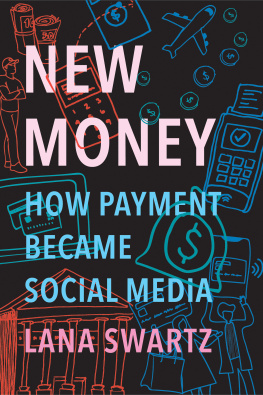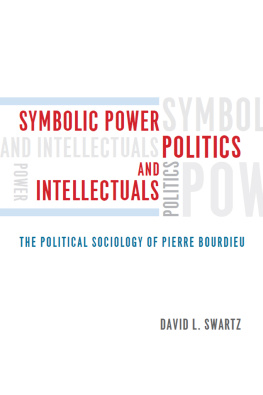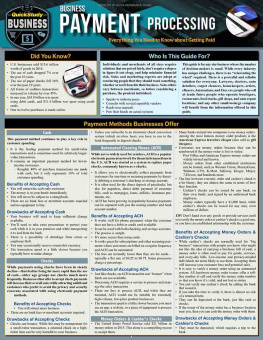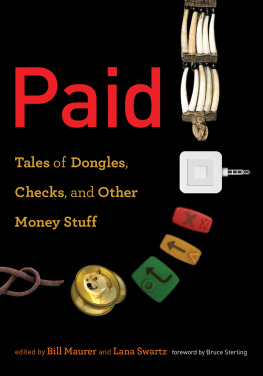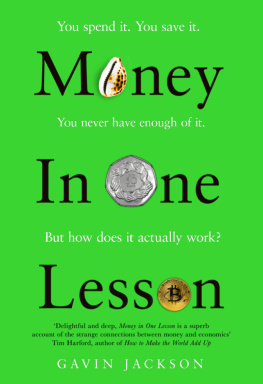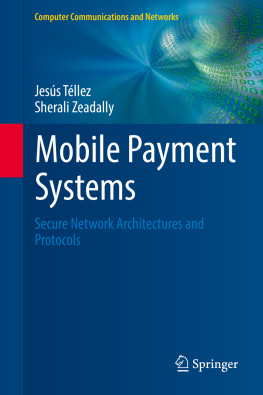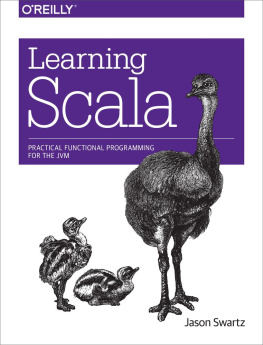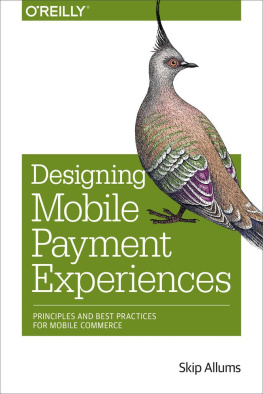NEW MONEY

Copyright 2020 by Lana Swartz.
Selected illustrations (on pages 51 and 83) copyright 2020 by Meghan Macera.
All rights reserved.
This book may not be reproduced, in whole or in part, including illustrations, in any form (beyond that copying permitted by Sections 107 and 108 of the U.S. Copyright Law and except by reviewers for the public press), without written permission from the publishers.
Yale University Press books may be purchased in quantity for educational, business, or promotional use. For information, please e-mail (U.K. office).
Set in New Aster and Syntax types by IDS Infotech Ltd.
Printed in the United States of America.
ISBN 978-0-300-23322-3 (hardcover : alk. paper)
Library of Congress Control Number: 2019954706
A catalogue record for this book is available from the British Library.
This paper meets the requirements of ANSI/NISO Z39.48-1992 (Permanence of Paper).
10 9 8 7 6 5 4 3 2 1
For Eva Marigold
CONTENTS
NEW MONEY
THE COMMUNICATION OF MONEY
How Money Became Social Media
I N June 2019, Facebook introduced Libra, its global currency and financial infrastructure, which was slated to debut the following year. The launch video opens with quick shots of historical communication technologies: a ticking rotary phone, someone licking an envelope, a tower radiating pulsing waves, a faintly discordant fax machine. Remember when these were fast? a reedy male voice-over asks. Technology has improved the world around us, he asserts over images of a busy computerized stock-market trading floor, a soccer video game, and an advanced prosthetic arm. So why is it simple to send one of these anywhere in an instanta man lays in a bathtub while text-message bubbles full of cute dogs (also bathing), a heart emoji, and a classic phatic hahaha pop up around himbut not money?
The voice-over continues, What if we made money truly global (a woman carrying what looks like a quinceaera gown through a warehouse), stable (a young couple riding a motorbike down a rural road lined with banana trees, the woman transfixed by something on her phone), and secure (a fisherman drags a small boat ashore as storm clouds gather). The video flashes to marketplaces, with vendors hauling flowers, fish, vibrant red peppers. What if everyone was invited to the global economy? With access to the same financial opportunities? A young woman takes a phone call in a brightly lit executive office; an older woman working as a janitor pauses to look at her smartphone on an elevator.
Why doesnt money move at the speed and scale of our communicative world? How can money be dependable and accessible to everyone? These are the questions of the Libra launch video. They are also the central questions of this book. Libra promises a utopian vision of everyday money that works for everyone, that is designed for the digital world. And in many ways, this vision, though vague, is aligned with concerns that this book will surface. But there are other questions that the Libra launch video obscures. What happens when a seemingly unstoppable Silicon Valley behemoth turns its attention to money?
This is a book about the communities produced by the form of communication that we call payment and whom these communities enable, permit, or force us to be. These communities and identities can determine the spaces we enter, the kinds of options we have access to, the ways we imagine ourselves; their tokenscredit cards, cash, or Bitcoinslive alongside the other identity materials we carry every day. How we pay is now part of who we are and where we belong. The consequences of exclusionlosing the citizenship of a transactional communitycan mean life or death. Our transactional identities can overlap with our other identitiesgender, class, line of work, language, geographyin complex ways. They organize space and our movement through it. They are technologies of belonging, inclusion, and exclusion. And we enact our transactional identities constantly, as we engage in any of the dozens or hundreds of transactions in which we participate every day.
Every year, Americans make billions of transactions. Here are a few that you, depending on who you are, might make in one day:
You might start your day with the Starbucks rewards app and end it by updating an expired card on Netflix.
You might seamlessly tap a bus pass or fumble for coins. You might not even notice when your E-ZPass is pinged at an on-ramp or when your card is processed after a Lyft ride.
You might tell a homeless person that you dont have any cash. You might get cash from the ATM just to have some on hand. Once in a while, you might go into the bank for a crisp hundred-dollar bill for a special gift. You might use cash all the time. You might be a homeless person who accepts Square and/or Venmoor a homeless person who doesnt.
You might pick up a tab with your fancy new titanium Chase Sapphire Reserve credit card and hope someone notices. You might pay with a debit card and not even think about what that might say about you. You might become embarrassed when the card doesnt go through and blame it on the new chip-enabled-card readers that no one seems to understand, even years after they were rolled out. You might find a prepaid card really convenient but be really sick of all the crazy fees.
You might get a Venmo payment from a friend to pay back her portion of that tab, annotated with emojis and an inside joke. Then, you might scroll through your Venmo feed, seeing what payments and emojis and inside jokes your friends have been sending to one another and wonder if youre missing out on something. Your Venmo account be frozen for some mysterious violation of terms of service, and you might not be sure why.
You might not be sure what Venmo is and feel miffed when your babysitter or dog-sitter or plant-sitter asks to be paid through it. You might also be annoyed to be stuck behind an older person who insists on writing a check at the grocery store.
The historian Fernand Braudel counted money as one of the fundamental structures of everyday life. It is, I will argue, a communication medium. We use its systems multiple times a day, every day.
Cash, cards, checks, and apps do more than transmit value. Our credit card, for example, says something about how we see ourselves and how powerful institutions see us. It says something about the nature of the transaction and the relationship between the parties involved. Transactions are embedded in and reflective of social, cultural, and relational meanings. These meanings shape and are shaped by the communication and media technologieswhether paper or electronicthat perform the transaction.
Transactions are also big business. Revenues in the global payments industry amount to nearly $2 trillion a year.
Yet the technologies of transaction often go unnoticed. A card is swiped, accounts are debited and credited sometime after, but what happens in between? Even though it is an essential information infrastructure and a huge industry unto itself, few of us notice it at all. As scholars of technology have pointed out, thats how we know an infrastructure is working well: as long as its not broken, we dont need to understand how it works.
And how payment works is changing, quickly. What was once a slow-moving and siloed sector of finance has been discovered and, of course, targeted for disruption by Silicon Valley. This too is big business: venture-capital investment in financial technology, or fin-tech, is nearly $13 billion a year. Payment is increasingly assembled not as consumer financial services but as social media. This means a major shift, namely, from universal, interoperable systems like national currencies or the Visa/Mastercard network to niche platforms, each with its own design, vision for ideal use, business model, and governance system. Money is becoming social. What might this mean for the sociality of money?
Next page
